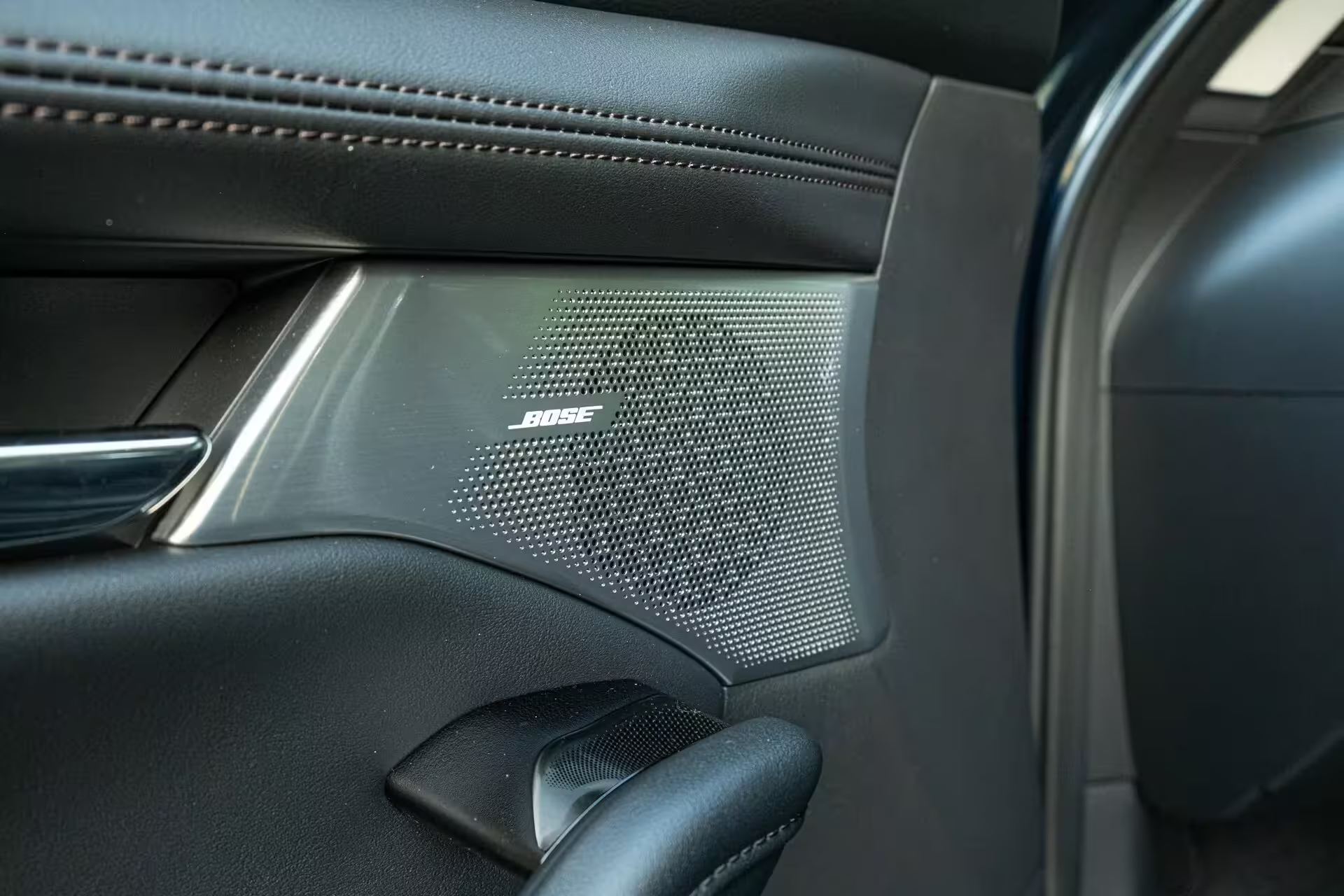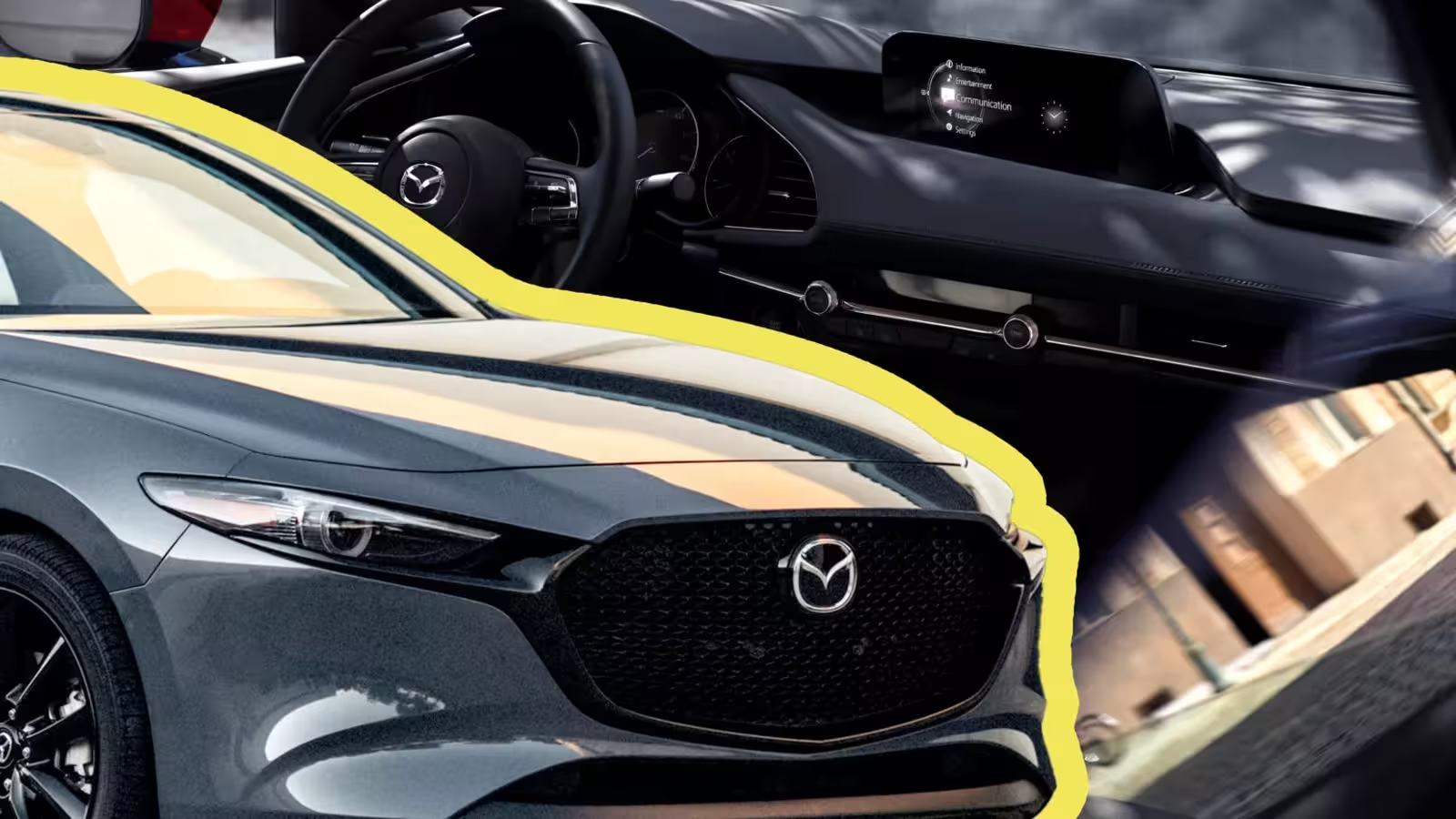4 Minutes
Mazda3 Owners Uncover Window Sticker Errors, Sparking Legal Action
For car buyers in the United States, accuracy and transparency are essential, especially when it comes to the official window sticker—also known as the Monroney label—found on every new vehicle. These labels display each car's features, pricing, and EPA fuel economy, helping shoppers make informed decisions. However, a recent issue with the 2025 Mazda3 has called this trust into question, putting Mazda in the legal spotlight.
Discrepancies Uncovered: Audio System Misrepresentation
The controversy began when several 2025 Mazda3 buyers noticed that their cars didn’t have all the features listed on the window sticker. The core of the lawsuit centers around the Monroney label's claim: certain 2.5-liter Mazda3 variants were advertised as having an eight-speaker premium audio system and HD radio capability. In reality, buyers discovered these cars were only equipped with the standard six-speaker configuration and lacked HD radio functionality.
This discovery was first reported by Kyle Johanson, who noticed the absence of the rear speakers and HD radio after taking delivery of his new Mazda3. His findings led to a broader investigation, with other owners reporting similar discrepancies. Internal emails between Johanson and Mazda revealed that a Mazda district sales manager referred to these mistakes as mere "typos" on the official labels, but the issue’s impact extended far beyond a simple printing error.
Legal Ramifications: Illinois Class Action Lawsuit
The mislabeling has resulted in a class action lawsuit filed in Illinois. According to the legal complaint, the affected customers paid a premium based on the expectation of upgraded audio features. The plaintiffs claim they suffered financial harm—either overpaying compared to the vehicle’s true value or making a purchase based on misleading information. The lawsuit further alleges that Mazda has not taken substantive corrective actions, with claims that the company attempted to quietly cover up the issue rather than notify consumers or provide restitution.

Which Mazda3 Models Are Involved?
The 2025 Mazda3 lineup offers up to 13 configurations in the US market, offering a balance of efficiency, engaging performance, and stylish design. The class action specifically involves the entry-level and mid-tier trims: 2.5 S Sedan, 2.5 S Hatchback, 2.5 S Select Sport Sedan, 2.5 S Select Sport Hatchback, 2.5 S Preferred Sedan, and 2.5 S Preferred Hatchback. These popular models are recognized for their sporty handling, efficient Skyactiv-G 2.5-liter engines, and competitive pricing—but, as alleged, not the promised premium audio in these trims.
Specifications, Performance, and Market Position
The Mazda3 has long been celebrated for its upscale design, responsive driving dynamics, and refined interiors—qualities that set it apart in the compact car segment. Despite the recent audio system controversy, the 2025 model remains a favorite among enthusiasts thanks to its well-tuned chassis, available all-wheel drive, and a strong suite of standard safety technologies.
However, in a competitive market where rivals like the Honda Civic and Toyota Corolla also promise advanced infotainment technology, Mazda’s credibility is especially critical. The issue of misrepresented features could influence customer perception and brand loyalty.
Looking Forward: The Outcome and Impact
The lawsuit seeks compensatory, statutory, and punitive damages for all affected Mazda3 customers, and even calls for Mazda to surrender any profits obtained through the misleading Monroney labels. As the case unfolds, it serves as a reminder for both automakers and consumers: transparency and accuracy in vehicle specifications are non-negotiable in today’s automotive marketplace.
Source: carscoops


Leave a Comment